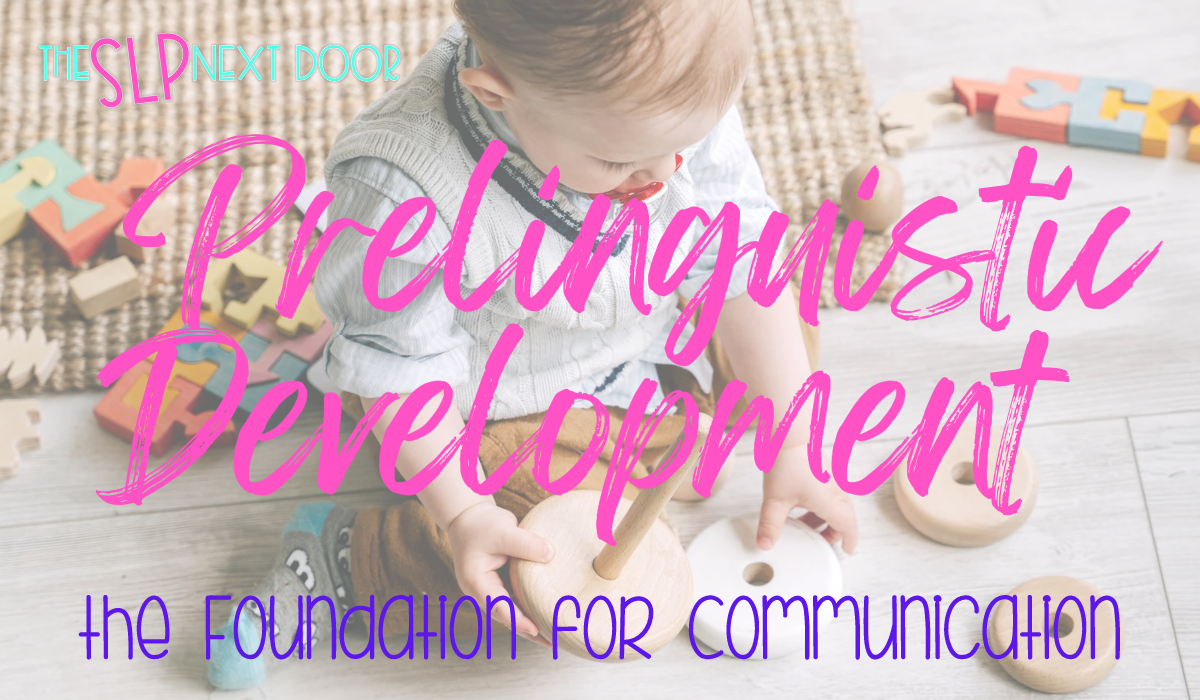Communication is an essential aspect of human interaction, and language is the primary tool we use to communicate. However, language acquisition is a complex process that begins long before a child utters their first words. Prelinguistic skills, such as babbling, gesturing, and social interaction, play a crucial role in laying the foundation for language development. These skills are the building blocks that shape a child’s ability to communicate effectively and form meaningful relationships with others.
What are Prelinguistic Skills?
Prelinguistic skills are the communication abilities that develop before a child’s first words. These skills include making eye contact, babbling, gesturing, and responding to social cues. Prelinguistic skills also involve the development of cognitive and motor skills necessary for language acquisition, such as visual perception, auditory processing, and fine motor control.
Another crucial aspect of prelinguistic skills is social interaction. Infants and toddlers rely on social cues from their caregivers to learn about communication and language. Responsive and engaging interactions with caregivers help lay the foundation for language development by providing opportunities for infants to practice their communication skills.
Milestones of Prelinguistic Development
Prelinguistic skills occur in a series of predictable stages, with each stage building upon the previous one.
- Responds to their environment and others
- Takes Turns (including conversational turn-taking)
- Increases Attention Span
- Joint Attention
- Plays with Toys
- Understands Words
- Follows Directions
- Imitation Skills
- Uses Vocalizations Purposefully
- Uses Gestures for Communication
- Initiates Communication
You can read more about these individual stages here!
Supporting Prelinguistic Development
Clinicians and caregivers play a critical role in supporting prelinguistic development. Responsive and engaging interactions provide infants with the social and emotional foundation necessary for language development. Responding appropriately to babies’ vocalizations and gestures reinforces the importance of communication and language.
One way caregivers can support prelinguistic development is by engaging in joint attention activities. Joint attention involves two people focusing on the same object or event and is an important precursor to language development. Engage in joint attention activities by pointing to objects, naming them, and responding to the infant’s vocalizations and gestures.
Another way to support prelinguistic development is by reading to infants and toddlers. Reading provides opportunities for joint attention, vocabulary development, and exposure to the rhythms and sounds of language. Use books to promote gesturing by encouraging their infants to point to pictures and objects in the book.
How Prelinguistic Skills Pave the Way for Language Acquisition
Prelinguistic skills provide the foundation for language acquisition by developing the cognitive, motor, and social-emotional skills necessary for communication. Babbling, for example, helps infants develop the motor control and oral-motor coordination necessary for speech production. Gesturing supports the development of fine motor skills and provides a means for infants to communicate before they have the ability to speak.
Social interaction is also critical for language acquisition, as it provides opportunities for infants to practice their communication skills and learn the social conventions of language. Responsive and attuned interactions with babies provide a safe and supportive environment for language learning.
The Impact of Prelinguistic Skills on Social and Emotional Development
Prelinguistic skills also have a significant impact on social and emotional development. Babies with strong prelinguistic skills can better communicate their needs and desires, which can reduce frustration and promote positive social interactions. Prelinguistic skills also provide babies with a way to form social bonds with their caregivers, which is essential for emotional development.
Research has shown that children who experience delays in prelinguistic development may be at risk for social and emotional difficulties later in life. Early intervention for delays in prelinguistic development can improve social and emotional outcomes for children and promote positive communication and language development.
Identifying and Addressing Delays in Prelinguistic Development
Identifying delays in prelinguistic development is critical for early intervention and positive outcomes. If delays in prelinguistic development are identified, early intervention speech therapy can improve outcomes and support toddler language development.
Activities to Promote Prelinguistic Skills in Infants and Toddlers
There are many activities to promote prelinguistic skills in infants and toddlers:
– Engage in joint attention activities, such as pointing to objects and naming them
– Use gesturing to communicate with infants, such as waving or reaching
– Encourage babbling by responding to infants’ vocalizations and imitating their sounds
– Provide opportunities for infants to explore their environment and manipulate objects
– Read to infants and toddlers, pointing to pictures and naming objects
– Sing songs and nursery rhymes to expose infants to the rhythms and sounds of language




2 Responses